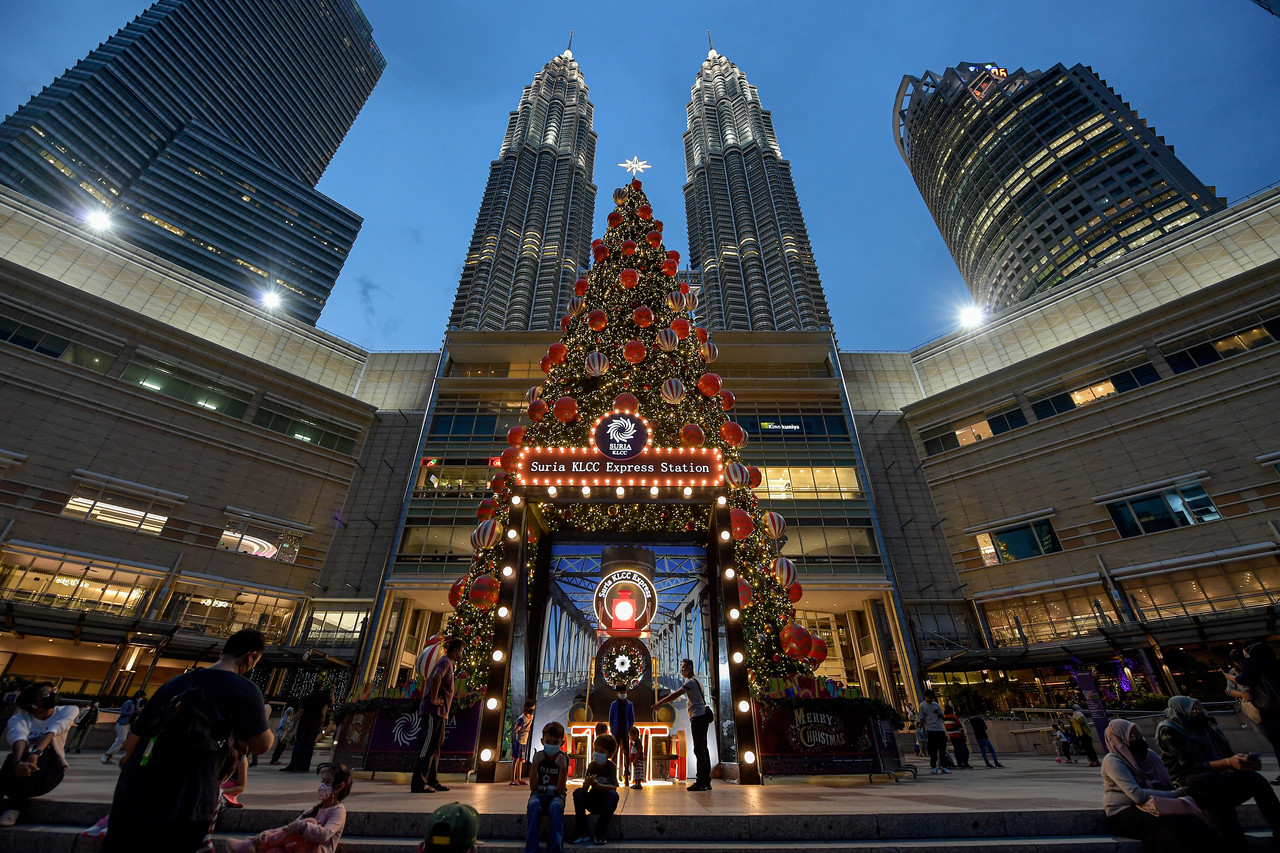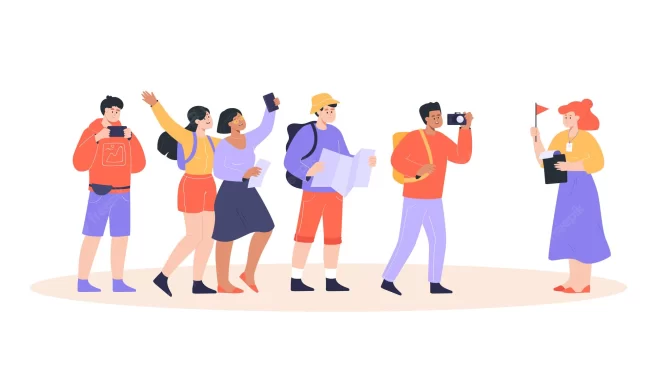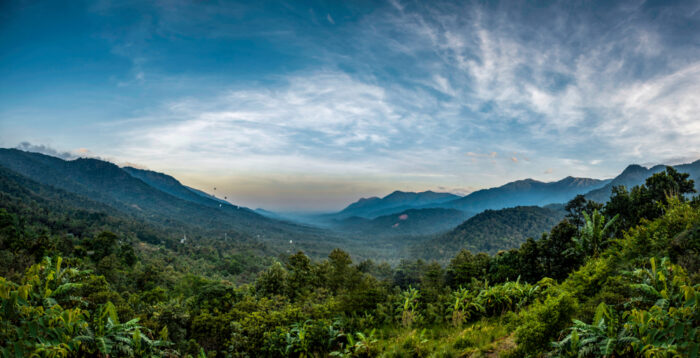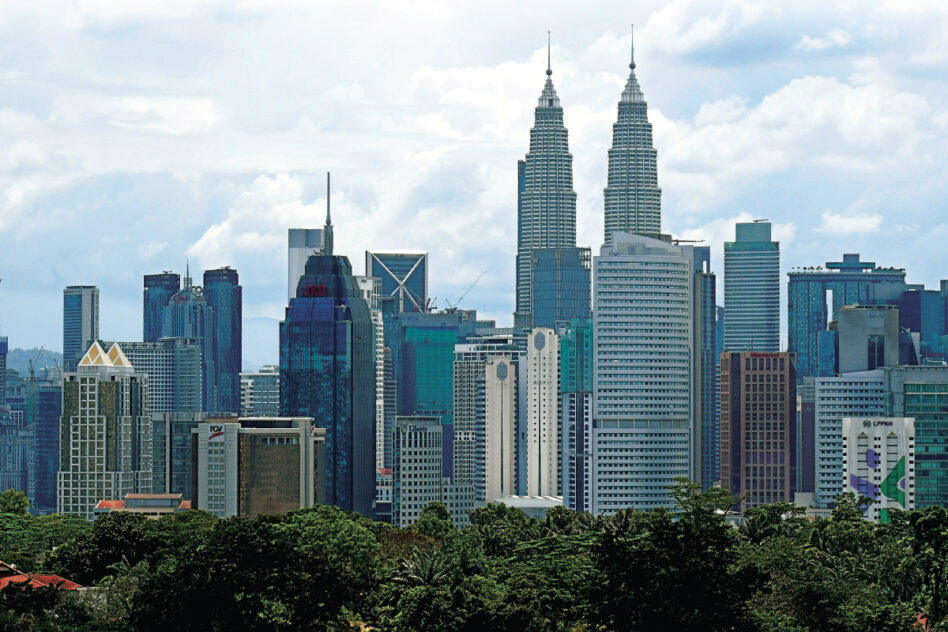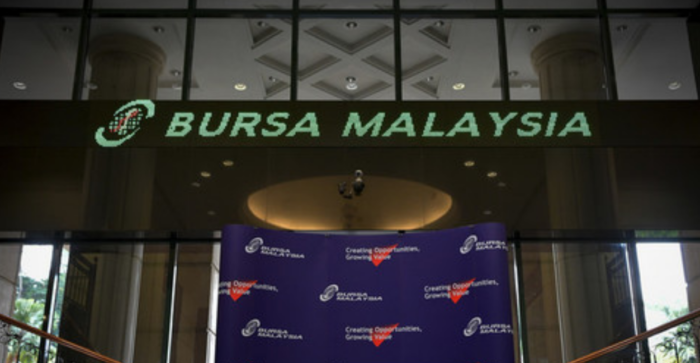A TRAVEL agent is a person engaged in selling and arranging travel services for transportation, accommodation, food, beverage, shopping, sightseeing, entertainment, visit or tour requested by customers; and companies authorised to retail these services are licensed travel agencies.
Currently, there are 4,766 companies registered with the Tourism, Arts and Culture Ministry (MOTAC) under the regulations for “Tour Operating Business and Travel Agency Business” (TOBTAB). If not for the pandemic, the total number would have surpassed 6,000 today.
The outbreak of COVID-19 in early 2020 had adversely affected tourism globally, particularly travel and tour businesses. With lockdowns, restrictions and border closures, travel came to almost a complete halt. To survive, tourism businesses were mostly in suspended animation.
But many threw in the towel when the end of the pandemic was nowhere in sight. Hundreds of travel agents have liquidated their agencies and delisted from MOTAC. Nevertheless, there are many newcomers as hundreds of companies have successfully applied for TOBTAB license.
These successful applicants include those that are totally new to the business and those with many years of experience working for others and now wish to strive out on their own. In any case, all could be clueless if their knowledge and understanding of the business is superficial.
I should know as I am a trainer for the Travel and Tours Management Course (TTMC) which is compulsory for all successful TOBTAB applicants to attend, and the Travel and Tours Enhancement Course (TTEC) for participants to renew their TOBTAB licences.
Tourism, tourist guide, tour leader, tourists, visitors, inbound, outbound and domestic tours are terms everyone seems to understand. But if travel agents cannot interpret them meaningfully for application, they would be unable to see beyond the surface to succeed in the travel business.
For example, no one could answer correctly what is the basic job of a tourist guide. During training or in seminars, I have asked thousands of people including hundreds of tourist guides. I may get between 10 to 20 different answers, but none addressed the crucial work that they do.
Previously, only “inbound” licences were granted to new applicants before they could apply for “Outbound” later, as MOTAC gave preference to inflow of money over outflow. The other licence was initially known as “ticketing” and was later renamed “travel agency business”.
However, almost all new and experienced travel agents would not be able to correctly name the services that could be provided under “travel agency business” licence, as most would include services that could only be provided under “inbound” or “outbound” licence.
While domestic tourism expenditures are higher than inbound or outbound, travel agents gained little as the RM103.2 bil tourism receipts in 2019 went to shopping (37.8%), automotive fuel (15%), food & beverage (14.3%), visited households (10.2%), accommodation (8.4%), transportation (6.2%), other activities (5%) and entrance fees, tickets or packages (3.1%).
The main purposes for trips made by domestic visitors were for visiting relatives and friends (42.3%), shopping (35.4%), relaxation and leisure activities (9%), entertainment, sports and attending special events (4%) and medical treatment or wellness (4%).
The fact that RM15.5 bil was spent on petrol or diesel meant that the overwhelming number of domestic visitors drove their own vehicles, and over 70 percent of domestic tourists stayed in free accommodation provided by relatives and friends.
Nearly all who paid to stay in licensed hotels or private residences booked directly with accommodation providers or with online platforms without going through a traditional travel agent. It is similar with public transport provided by airlines, trains, buses and e-hailing apps.
Tour operators were more successful in selling travel arrangements to isolated natural sites devoid of public services such as exploring a cave or to a blue sea teeming with marine life for scuba diving. And travel agents mainly book flights and accommodations for their customers.
Tour operators cannot develop their business fully if they only have a superficial view of the industry that is not much different from a layman. When asked to define domestic tours, they would identify customers as Malaysians buying packages for travel within the country.
This is only partly true as many do not realise there is a sizeable number of foreigners in the country and they include expats working in Malaysia and their family members staying here, foreign students and workers, plus tourists that are already here and shopping for optional tours.
Likewise, those organising and selling outbound tours should not target Malaysians only as the market includes anyone in Malaysia as described above and also people from neighbouring countries such as Singapore, Indonesia, Brunei and Thailand.
For example, Johor operators could easily entice Singaporeans with their cheaper tour packages departing from Senai International Airport, and Penang operators could also lure Indonesians from Medan to join more interesting tours departing from Penang International Airport.
Apart from lacking in understanding of domestic and outbound tours, tour operators would struggle if asked to define inbound tours, which is the core business of many.
After several attempts by training course participants, I would then explain that inbound tours could either be booked directly with local inbound operators or through overseas outbound operators before foreign tourists enter our country.
Those in the travel business will be astounded to learn that expenditures for domestic, inbound and outbound tours combined constituted only 1.6% of the total RM240.2 bil tourism expenditure in Malaysia for 2019. Travel business is only a small sector of the tourism industry.
In any case, all tourism industry players ought to know the difference between visitors and tourists. When asked, no one during training, including “Training of Trainers” sessions, could answer correctly what was the total number of foreign visitors to Malaysia in 2019.
Those who took the trouble to search for information answered 26.1 million, which was correct for the total number of foreign tourists. But visitors include both tourists that stayed overnight away from home and excursionists that made a day trip and returned home the same day.
In 2019, we also had 8.9 million foreign excursionists that entered Malaysia and left the same day. Therefore, we had 35 million foreign visitors that year. For accommodation providers, tourists are more important, and length of stay is equally or more important than arrival figures.
To add to the complexity, a visitor can also be a tourist and excursionist on the same day. For example, a foreigner staying at a hotel in Kuala Lumpur is a tourist there but when he is on a sightseeing day tour to Melaka, he is an excursionist in the historic city.
Understanding the intricacies of the trade would empower industry players to grasp the many opportunities available and to create more through innovation. If sales by travel agents are limited to airline tickets, they are not much different from stall operators selling nasi lemak.
Interestingly, airlines used to pay 9% commission for international flight tickets and 5% for domestic, but these were discontinued from 2008. Except for large corporations, few customers would pay travel agents a service fee, resulting in most tickets are booked directly with airlines.
Although most travel agency businesses are no longer viable since 2008, inbound tour operators gained from the steady growth of foreign tourist arrivals from 22.05 million in 2008 to 26.10 million in 2019. But their business nosedived after COVID-19 struck in 2020.
Outbound tour operators experienced a similar fate as they benefited greatly from budget airlines that allowed many to travel overseas on low fares or affordable tour packages but they had to stop operating after borders were closed for leisure tourists and limited to essential travel.
Although Malaysia lifted travel restriction from April this year and followed by easing of conditions in May, the current number of COVID-19 infections are still high, at over 710,000 cases a day globally, and averaging 3,433 daily cases in Malaysia as of Aug 28.
Sadly, it will take many more years for international tourism to return to 2019 levels. Hence, it begs the question — why become a travel agent or continue to be one?
Nevertheless, salvation could come in the form of tourism labs where many new ideas could be proposed, discussed and developed. I alone have a handful of them, and they are practical solutions that could be offered within our country and by many industry players nationwide.
Some concepts could result in tour buses running daily in many districts or divisions or crisscrossing peninsular Malaysia, filled to the capacity by domestic excursionists and tourists. Other innovations could attract large number of local visitors or tourists to stay overnight.
All these new tourism products would contribute immensely to the growth of domestic tourism and tour operators would be among the main beneficiaries. But until a tourism lab is organised by a government agency or travel association, tour operators will remain clueless. — Aug 30, 2022
YS Chan is a master trainer for Mesra Malaysia and Travel and Tours Enhancement Course and an Asean Tourism Master Trainer. He is also a tourism and transport business consultant.
The views expressed are solely of the author and do not necessarily reflect those of Focus Malaysia.


